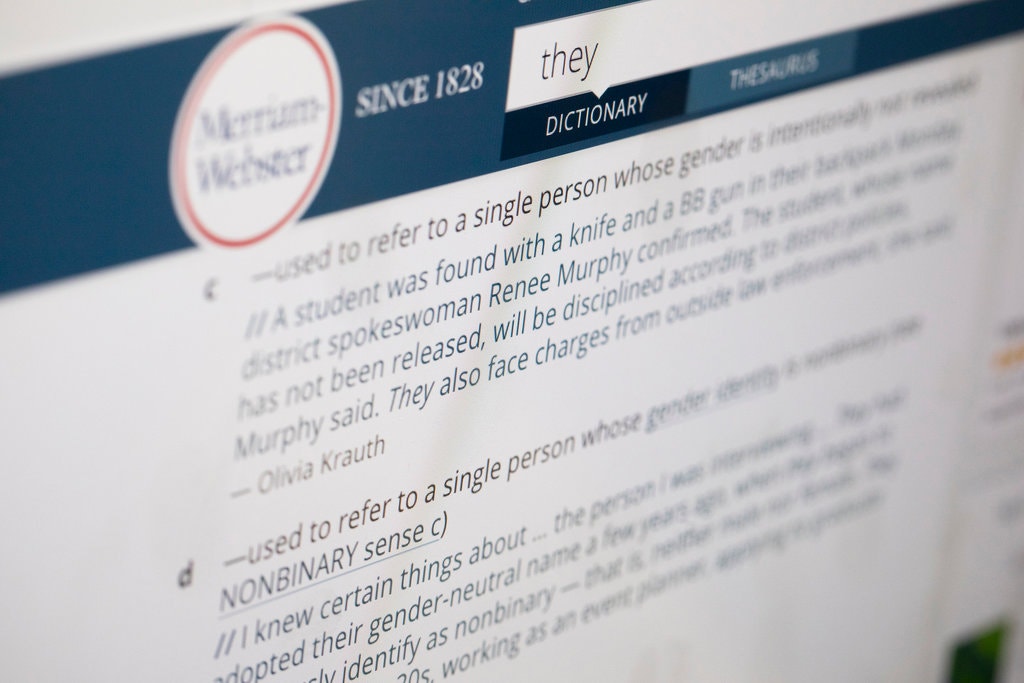As a women’s studies minor, I have an understanding of the importance and necessity to include people’s gender pronouns when introducing themselves.
During introductions at the beginning of the semester, my women’s studies professors encourage students to use pronouns alongside their names when speaking to the class. This practice, however, has not been practiced in my other classes.
While the women’s studies department has embraced this inclusionary practice into its classroom etiquette, many others have not. Though I understand the infancy of this trend, it has still become a common habit at conferences, meetings and events in a wide range of settings.
All this to say, it is important that professors and students begin the process of including pronouns in introductions. In delaying the adoption of pronouns, Fresno State professors and students are allowing themselves to be governed by outdated practices.
Pronoun preference can stretch from he/him and she/her to they/them and he/they. This pronoun distinction is meant to create an environmental setting where those who do not abide by binary gender identities are able to clarify their preferred terms with ease.
Pronouns may, to some, seem redundant and unnecessary, but with a growing population of people who identify as non-binary or gender fluid, the importance of pronoun inclusion is increasingly important.
In the next few years, pronoun inclusion will become the norm of workplace etiquette. Some companies have even started including their preferred pronouns in their email signatures.
As more organizations and individuals begin specifying their pronouns, it will become commonplace for those entering the workforce to have a pre-established understanding and appreciation for pronoun inclusion in personal and professional relationships.
If Fresno State really is preparing its students for the work force and the furthering of its students’ professional and educational careers, then more classrooms should adopt the practice of pronoun identification when beginning class introductions.




